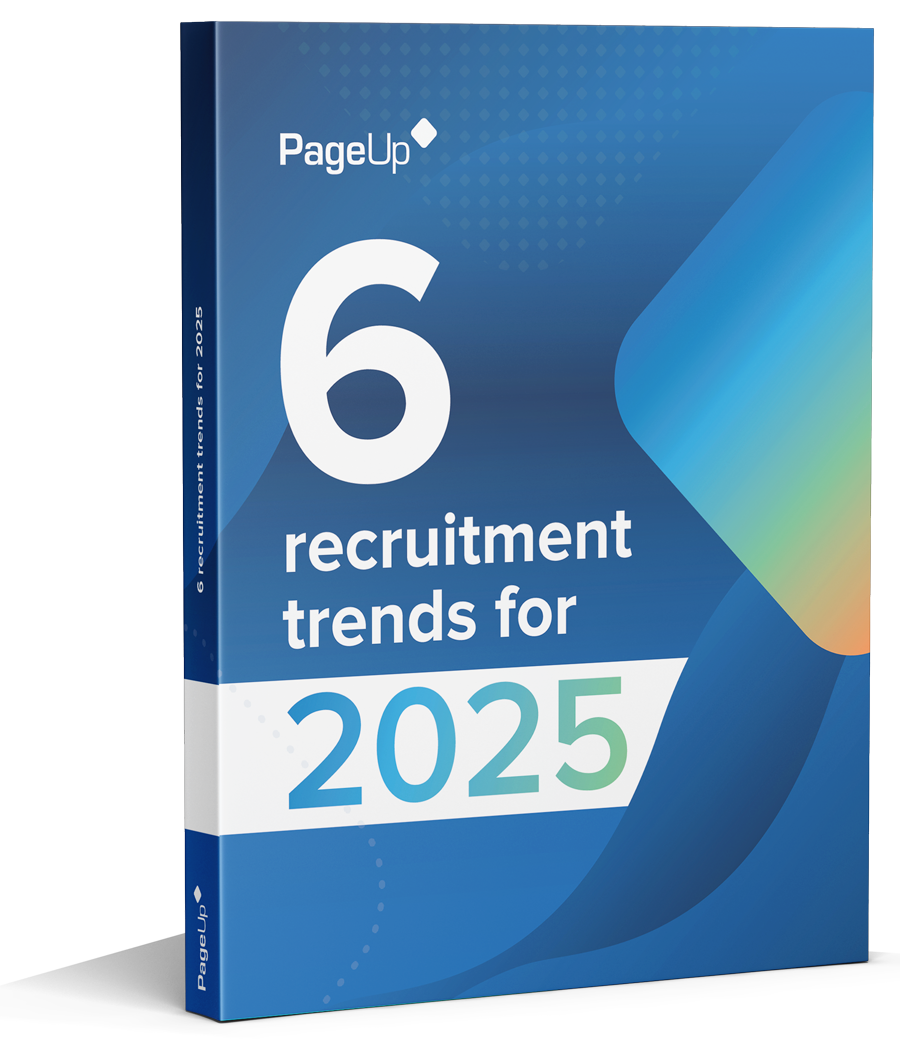Work as we know it has fundamentally changed in the space of just one month. As HR grapples with the new realities of remote working and economic slowdown, hiring teams are reimagining recruitment in a virtual world. As some recruiters ramp up their efforts to meet increased demand, others are freezing hiring but looking for ways to keep their talent pools warm.
In these uncertain times, some recruitment trends remain unchanged. The expectations of a positive recruitment experience – from candidates, hiring managers, and recruiters themselves – is more important than ever before. Technology is empowering a new breed of recruiters who are digital-first and can adapt quickly to virtual ways of working. And the organisations that are first to embrace video interviewing software and virtual onboarding programs are the ones that will win the critical talent they need.
If you’re recruiting and onboarding remotely, here are three key things to consider.
1. What are your video interviewing needs?
Organisations now have to find alternatives to traditional in-person interviews – and quickly. From video interviewing software to remote screening solutions, HR teams need to carefully choose the tech they’ll rely on to facilitate this change.
When selecting what technology you’ll use, consider the following:
- Ease of use: any solution you choose should be easy to use and mobile friendly.
- Are you purchasing new tech or using free tech? There are a variety of options available if you don’t have the budget to purchase new video conferencing tech. Skype and Google Hangouts are two examples of free software options that will allow you to conduct online interviews. If you’re relying on free tech, the features and functionality can be limited – this may not be the best option if you’re looking to recruit at-scale. Zoom and Fuze are popular paid video conferencing options used by organisations around the world.
- Do you want to conduct live or pre-recorded interviews? The tech you choose ultimately depends on your business needs: do you want to conduct live, or pre-recorded interviews? Video interviewing providers like Vieple allow recruiters to conduct automated, pre-recorded first-round interviews which reduces time to hire and eliminates scheduling headaches. Pre-recorded interviews can be filmed at a time that suits the candidate, and recruiters can conduct their reviews at a time that suits them. Since launching back in 2012, Vieple has tracked the use of video interviewing. Back then, 7% of organisations used video interviewing. Last year, 52% of organisations were using video interviewing software, and this number will likely accelerate in coming months. The organisations that are the early adopters are usually the ones that have recruiters and technology working seamlessly together.
It’s important to reset candidate expectations during this time. Be up front: the recruitment process won’t look like it normally does: it may be longer (or faster), it will be conducted remotely, and screening may be more intensive.
Virtual recruiting can be awkward at the best of times: internet connections can lag, it’s hard to break the ice from behind a screen, and with most of the country currently working from home, distractions abound. Children, pets, elderly family members are all in close quarters, which can lead to some memorable on-screen moments. It’s best to accept distractions may happen, take them in your stride, and move on.
2. Adjust your approach to screening
Video interviews can be challenging: recruiters may be new to using this software, and many candidates may have never done a virtual interview before. It’s important to adjust your approach to screening to take a range of variables into account.
Provide guidance to candidates on what to expect and tips to succeed. Before the interview, get in touch to suggest that they:
- Do a tech test prior
- Use a headset
- Find a quiet place to conduct the interview
- Ensure they have good internet coverage
- Select a location that is well lit by indirect light
Hiring managers may also need guidance on how to conduct interviews and make hiring decisions. Things like honing competency-based questions, how to structure interviews when body language cues are absent, and how to put candidates at ease are all important considerations.
Set aside time for housekeeping at the start of each interview to avoid mishaps: having hiring managers ask ‘Can you hear me, can you see me?’ is a good place to start. If an interviewee’s internet is slow, let them know. If they are sitting too far from the camera, or too close, sort it out before the interview begins.
When you’re used to looking for nonverbal cues in face-to-face communication, it can be difficult to pick up on these indicators via video. This makes it difficult to assess for cultural fit, which means recruiters need to get creative and reframe the questions they ask.
Recruiters should ask questions that give a snapshot of the candidate’s personality – their sense of humor, their values and style of communication. Make the interview process as human and personal as possible to compensate for the distance between the recruiter and the interviewee.
Of course, if your organisation has to hire in high volume during this time – like many in the retail and healthcare industries – this high-touch approach won’t always work. When hiring at-scale, screening technology plays a vital role in processing large volumes of applicants and surfacing the best candidates more quickly.
- Add screening questions to the application form to quickly rank candidates based on required skills and/or disqualify non-suitable applicants
- AI-powered platforms like PredictiveHire surface candidates based on attributes unique to high-performers in the same role. The startup helped fashion chain Superdry screen 150,000 applicants to shortlist the best candidates for a role, and in doing so increased the retailer’s retention rate by 70%.
- Career site chatbots can answer common questions candidates may have, and can even handle interview scheduling and automate candidate care.
- Background screening providers like Xref can reduce time-to-hire in critical times like these by conducting automated reference and background checks.
- Vieple can automatically schedule and pre-record first-round interviews that recruiters can screen in their own time.
READ MORE: How Coles recruits at scale
3. Onboarding is more important than ever
Starting a new role can be challenging enough without the anxiety and uncertainty of starting at a new organisation during a pandemic. It is more important than ever for organisations to onboard new hires properly and make them feel supported, seen, and connected to their coworkers. You want to curb the negativity of the current situation, and maximise the ‘employee honeymoon’ phase.
Onboarding reinforces employer brand and can cement a new starter’s perspective of your organisation. According to Gartner research, if onboarding is engaging the probability of the employee staying 2 years or longer goes up. If it’s not, you risk losing the people you’ve worked so hard to attract – and it’s millennials who have the least tolerance for a poor experience.
If their first few weeks aren’t positive, new hires might not leave straight away – the economic landscape is too uncertain for that – but they could leave as soon as things begin to return to normal. Gartner research shows that while employees are likely to stay with a business during a crisis, if they’re not treated properly – this means having their efforts appreciated and their wellbeing prioritised – they’ll leave the organisation as soon as the economy recovers.
Luckily for HR teams that are being forced to onboard remotely, face to face onboarding is a thing of the past. Virtual onboarding is gaining momentum, empowered by a raft of technological solutions – from chatbots, to automated software that sends new hires everything they need to hit the ground running before day one.
Once a new hire starts with your organisation, HR has a key role to play.
To become accustomed to any new situation, routine is important. HR should develop a schedule for new starters in their first week to help them get introduced to the key people and teams that they’ll be working with. This regime helps restore a sense of normality and structure so new starters can navigate their first week without feeling lost.
New starters should be encouraged to maintain a regular cadence of contact with team members, and HR should schedule regular check-ins to address any concerns or simply let them know they’re here to help. When new hires arrive back at the workplace, they should feel as connected to their team and your culture as if they’d started in-person.
References:
Gartner, 2019. Top 10 Strategic Technologies Impacting Higher Education in 2019.
Fresh insights for HR
Stay up to date with HR trends, tips and more when you sign up for our industry newsletter





